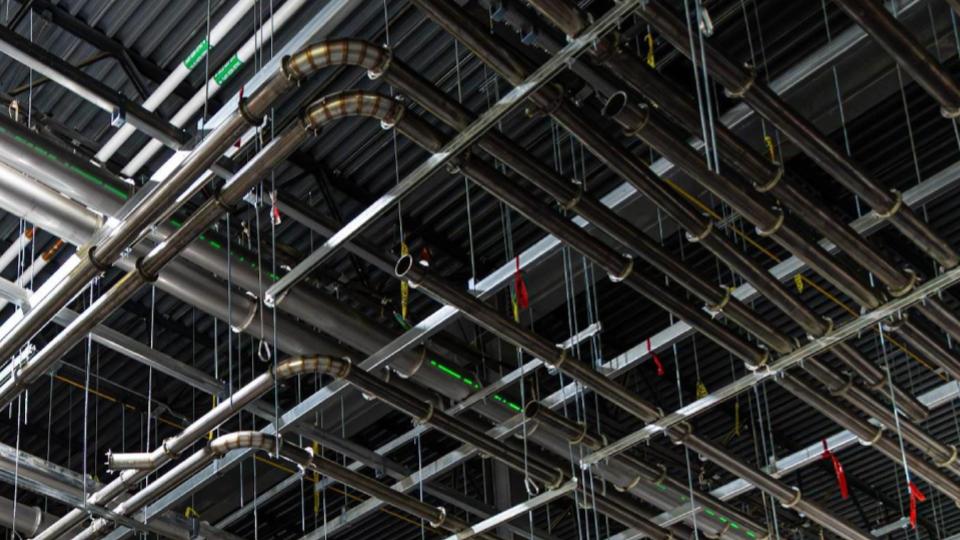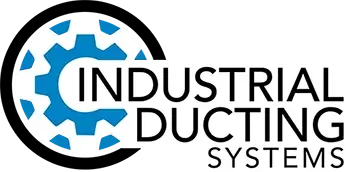Battery Manufacturing & Recycling Ducting Solutions
Battery manufacturing and recycling facilities face unique air quality challenges due to the diverse range of materials and processes involved in battery production and recovery. Operations include electrode coating, electrolyte handling, cell assembly, and recycling processes that generate multiple types of airborne contaminants including metallic particles, organic solvents, and potentially toxic gases.
The rapid growth of electric vehicle and energy storage markets has dramatically increased battery production volumes while introducing new chemistry types with different emission characteristics. Lithium-ion battery production involves sophisticated coating processes using N-methyl-2-pyrrolidone (NMP) and other solvents that require specialized emission control systems.
Battery recycling operations present additional challenges due to the variety of battery chemistries processed and the potential for hazardous material release during dismantling and recovery processes. Many facilities combine manufacturing and recycling operations, creating complex ventilation requirements that must address different emission sources and regulatory requirements.
Specific Air Quality Requirements & Regulations
Battery manufacturers must comply with OSHA standards for numerous chemical exposures including cobalt (0.1 mg/m³), lithium compounds (varies by form), and organic solvents like NMP (100 mg/m³). The industry is subject to EPA regulations under the Resource Conservation and Recovery Act (RCRA) for hazardous waste management.
Facilities handling lithium-ion batteries must address potential hydrogen fluoride emissions from electrolyte decomposition. OSHA's hydrogen fluoride standard establishes a ceiling limit of 3 ppm, requiring sophisticated monitoring and control systems.
EPA regulations under NESHAP may apply to facilities using large quantities of organic solvents in coating operations. Many facilities operate under synthetic minor permits that limit potential emissions to avoid major source requirements.
Temperature considerations are significant in battery manufacturing. Electrode drying operations may require 200-300°F, while electrolyte handling typically occurs at ambient temperatures. Thermal runaway events can generate temperatures exceeding 1000°F, requiring specialized emergency ventilation systems.
Construction Process & System Design Considerations
Battery manufacturing facilities require sophisticated ventilation systems that address multiple emission sources with varying characteristics. Construction must accommodate clean room environments for cell assembly while providing effective capture for coating and solvent handling operations.
The construction process must address the complex infrastructure requirements of battery manufacturing, including dry room environments with dewpoint control below -40°F. Specialized materials and construction techniques are required to maintain ultra-low humidity conditions.
Ductwork design must accommodate the precision requirements of battery manufacturing while providing effective emission control. Coating operations require laminar flow systems to prevent contamination, while solvent handling areas require explosion-proof construction and specialized materials.
Emergency ventilation systems are critical for battery manufacturing and recycling operations. Thermal runaway events and potential electrolyte releases require rapid response ventilation systems that can quickly remove toxic gases and prevent personnel exposure.
Technical Specifications & Performance Requirements
Battery manufacturing ventilation systems typically require 50,000 to 500,000 CFM depending on facility size and production volume. Individual process capture systems range from 1,000 CFM for small coating operations to 25,000+ CFM for large electrode coating lines.
Ductwork materials must resist chemical attack from battery electrolytes and processing chemicals. Stainless steel (316L) is preferred for electrolyte-handling applications, while specialized coatings may be required for NMP and other solvent applications.
Dry room environments require specialized construction with vapor barriers and dewpoint control systems. Ductwork must be designed to prevent moisture ingress while maintaining precise humidity control. Leak testing and continuous monitoring are essential.
Static pressure requirements vary significantly based on emission control equipment and clean room requirements. Solvent recovery systems may require 20-30 inches of water column, while clean room systems typically require 3-8 inches of water column.
How Industrial Ducting Systems Delivers Solutions
Industrial Ducting Systems understands the unique challenges of battery manufacturing and recycling, from ultra-clean production environments to complex chemical emission control requirements. Our comprehensive approach addresses both production quality and environmental compliance.
Our 2D CAD design services provide detailed system layouts that integrate with your facility's complex processing equipment and clean room requirements. We understand the importance of maintaining contamination control while providing effective emission capture.
Our expertise in chemical-resistant construction ensures that systems can handle the corrosive environments common in battery manufacturing. We provide specialized components including vapor barriers, dewpoint control systems, and emergency ventilation equipment.
Our logistics coordination addresses the precision requirements of battery manufacturing, understanding that contamination control is critical throughout the construction process. We provide installation approaches that maintain clean room conditions while ensuring effective emission control performance.

LG Energy Solution Case Study
LG Energy Solution's groundbreaking Queen Creek complex demanded contamination control beyond standard manufacturing—electrode production requires pharmaceutical-grade cleanliness where trace particles destroy product quality.
We delivered 304 stainless steel ducting systems engineered for absolute particle containment across three specialized buildings, establishing the infrastructure foundation for this $5.5 billion North American battery production landmark and its planned multi-phase expansion.
Explore the full LG Energy Solutions case studyExperience the Industrial Ducting Systems Advantage
Ultra-clean environments, chemical-resistant construction, precise humidity control—discover why battery manufacturers trust us with their most demanding air quality challenges. Let's design a system that exceeds your expectations.
